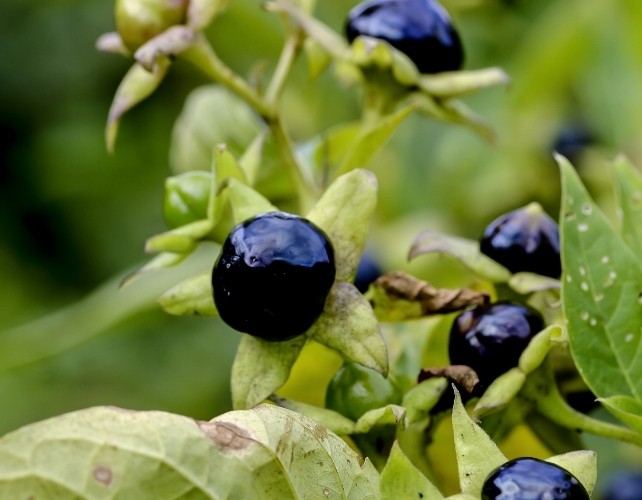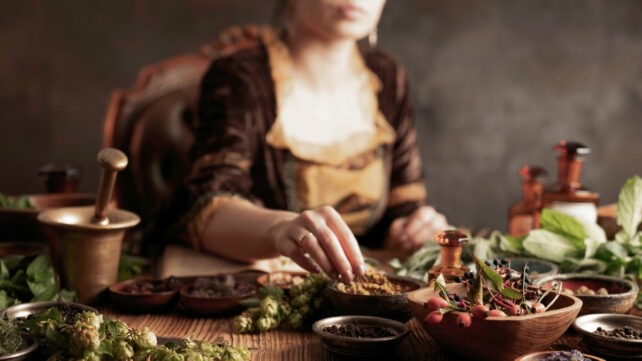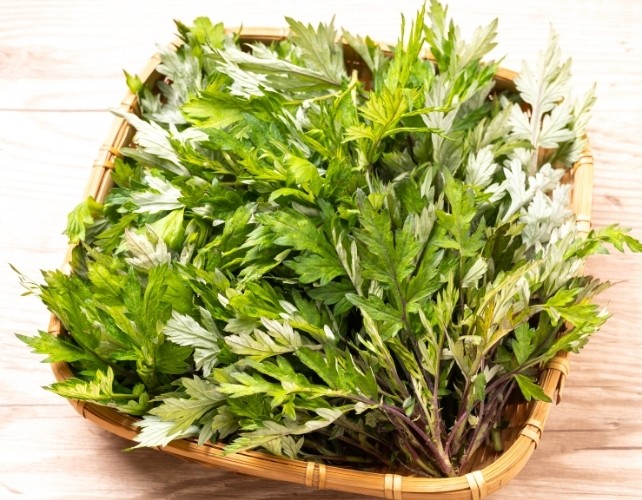From Poison to Prescription: The Real Science Behind Witch Potions
With Halloween near, stories of witches and their potions resurface. The plants most often named—belladonna (deadly nightshade), mandrake, and mugwort—sit at the heart of this folklore. Yet behind the legends lies real pharmacology that helped shape modern medicine. Belladonna, once used to dilate pupils for beauty, is also one of the most toxic plants in nature. Ingesting a few leaves or berries can be fatal, and touching it can irritate the skin. Its power comes from tropane alkaloids such as atropine and scopolamine, which disrupt nerve signals and vital body functions. Today, atropine dilates pupils during eye exams, treats bradycardia (slow heart rate), and serves as an antidote for certain poisonings. Scopolamine helps with motion sickness and postoperative nausea. But safety concerns persist: homeopathic belladonna products marketed for infants have been linked to seizures and breathing problems; and belladonna can interact with medicines such as antihistamines, antidepressants, and antipsychotics.

In This Article:
Belladonna: Beauty, Poison, and Medicine
The name belladonna means “beautiful woman” in Italian, reflecting Renaissance cosmetic use of berry juice to dilate pupils. The plant is highly toxic; even small exposures can be dangerous, and contact can irritate the skin. The active compounds atropine and scopolamine block acetylcholine, affecting heart rate, digestion, memory, sweating, and other vital functions. In modern medicine, these alkaloids have essential roles: atropine dilates pupils for exams, treats bradycardia, and serves as an antidote for certain poisons; scopolamine relieves motion sickness and postoperative nausea. However, use with caution, especially with other medicines that raise the risk of side effects. It is important to avoid unsafe homeopathic products for infants. This reminder sits beside centuries of lore: powerful plants can heal as readily as harm, depending on how they are used.

Mandrake: Mythic Root, Real Pharmacology
Mandrake has a humanoid-shaped root that has fueled myths from ancient Greece to the Bible. Folklore warned that pulling it from the ground would unleash a deadly scream—a tale that persists in modern fiction. In witchcraft, mandrake was said to be a key ingredient in flying ointments and amulets for fertility and protection; it was also used as an anaesthetic and sedative. Like belladonna, mandrake contains tropane alkaloids such as atropine and scopolamine, with psychoactive effects. A 2022 study catalogued 88 traditional uses, including pain relief and digestive support; however, scientific evidence is mixed: scopolamine can relieve spasms but cause drowsiness, and leaf extracts can irritate the skin.

Mugwort: Dream Herb, Malaria Drug, and Modern Caution
Mugwort (Artemisia species) has long been linked to dreams and healing; it was used to enhance dreams and ward off evil spirits. In 2015, a Nobel Prize was awarded for the discovery of artemisinin, an antimalarial compound derived from Artemisia annua. In traditional Chinese medicine, mugwort features in moxibustion, a therapy that involves burning the herb near acupuncture points to stimulate healing. Herbalists also use it to treat menstrual irregularities, digestive issues, and nervous conditions such as sleep disturbances and anxiety. The European Pharmacopoeia lists mugwort as a homeopathic ingredient for irregular periods, menopause symptoms, and nervous conditions. Its essential oil contains camphor, pinene, and cineole, compounds with antioxidant, antibacterial, and antifungal properties. Artemisinin may gently influence uterine activity and help regulate menstrual cycles; animal studies suggest it may help treat inflammatory skin conditions by reducing the release of inflammation-causing chemicals from immune cells. Clinical evidence remains limited, and mugwort should be avoided during pregnancy due to possible uterine contractions. It can trigger allergies, and the myths around these plants fade as science reveals the real chemistry. This piece is by Dipa Kamdar, Senior Lecturer in Pharmacy Practice at Kingston University.

